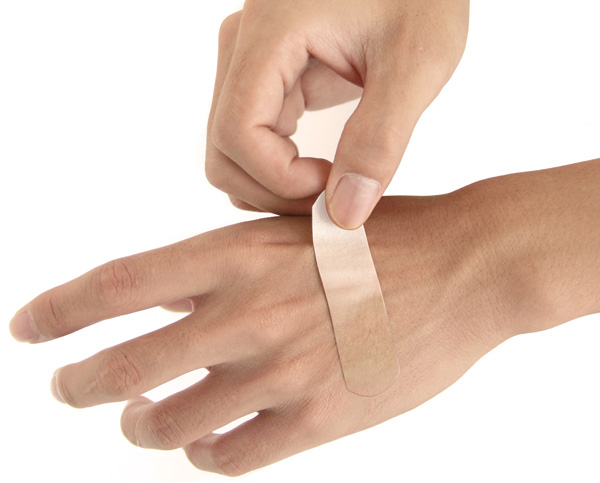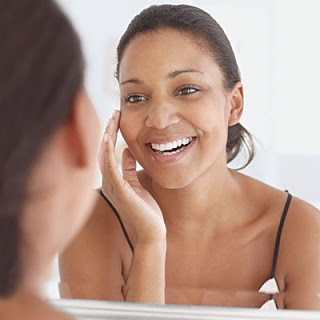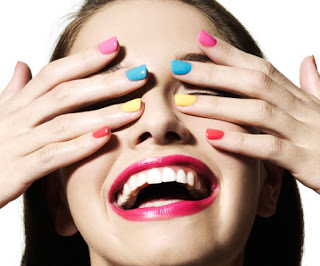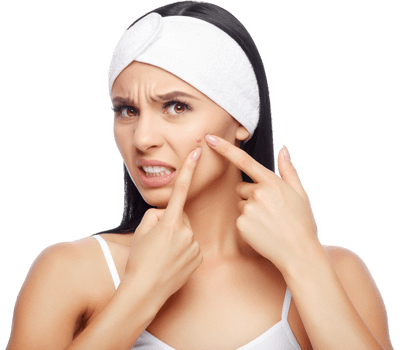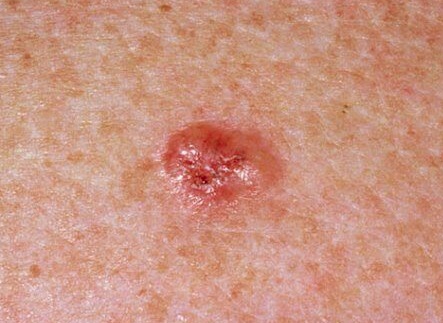As described in a previous post, Nail Health Care Tips, nails can provide insight into our overall health. Changes that develop in the nail can indicate an underlying condition that may require immediate medical attention. This makes understanding them so important. 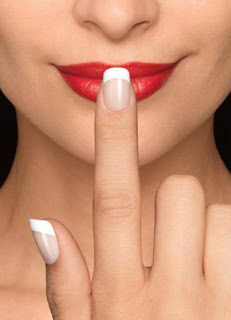
Nails themselves can be described as the thin transparent plate that covers the upper surface at the end of a finger or toe. Consisting of the nail plate, the nail matrix, and the nail bed, the primary objective is to protect the tip of the finger or toe and surrounding areas from injury. Due to this functionality, any abnormalities of the nail can result in further, more serious problems.
Listed below are some facts taken from the American Academy of Dermatology (AAD) to provide better understanding about your nails and how they work.
If you are experiencing any concerns or issues with your nails contact our office right away for successful diagnosis and treatment.


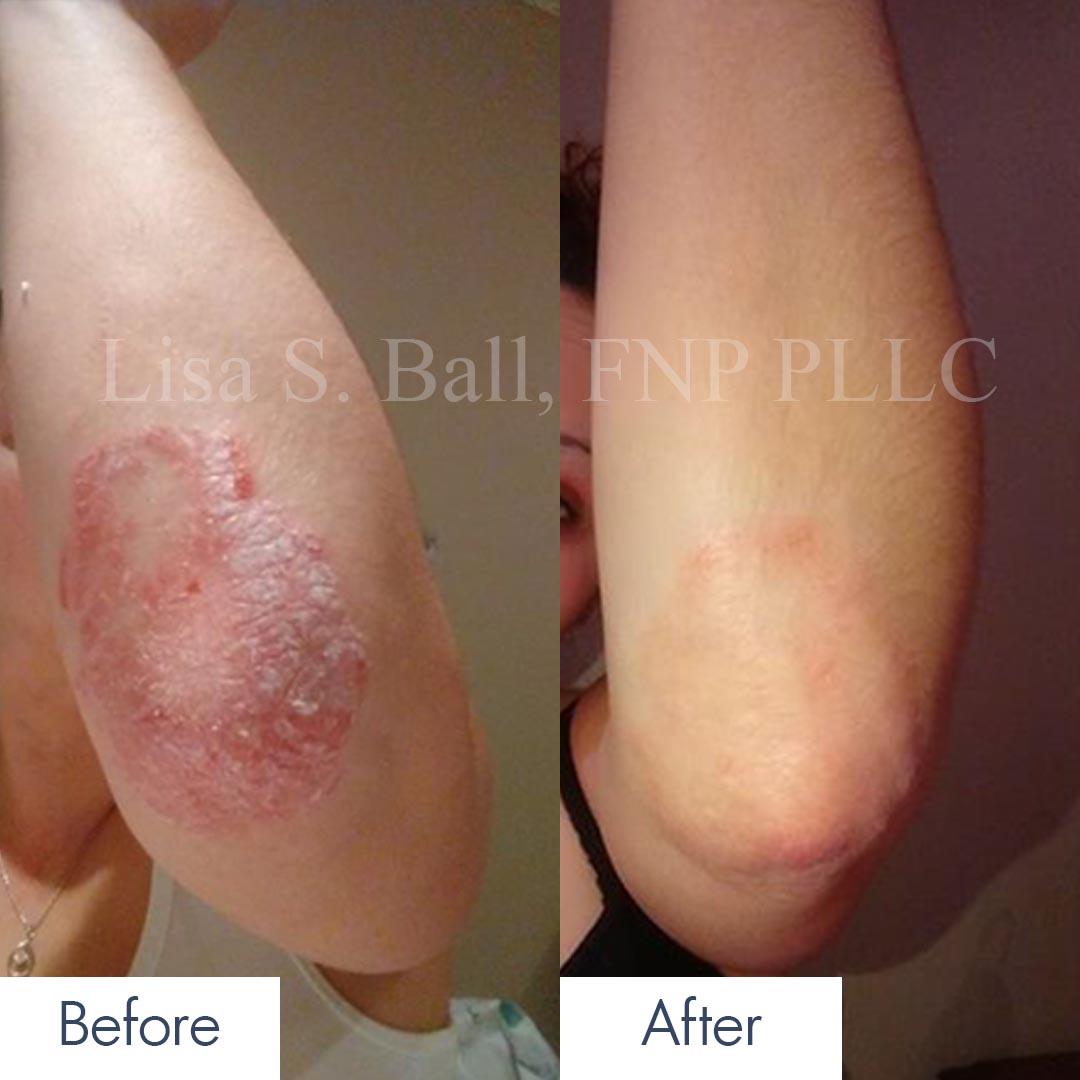

 Shaving can be a challenge for both men and women. Whether getting razor bumps or a rash, the process can be tough. Yet getting a smooth shave with minimal irritation is possible.
Shaving can be a challenge for both men and women. Whether getting razor bumps or a rash, the process can be tough. Yet getting a smooth shave with minimal irritation is possible.